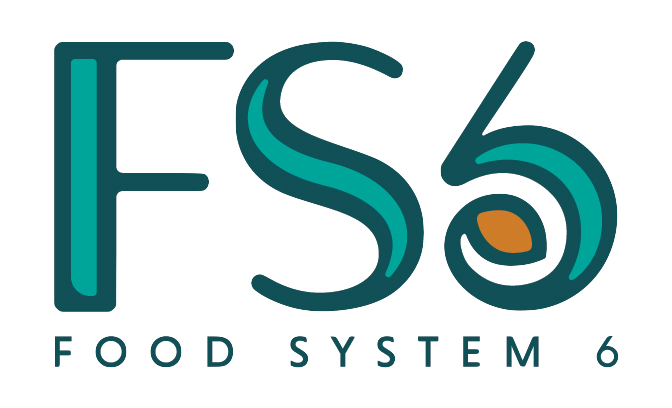Seafood is a main source of protein for much of the world,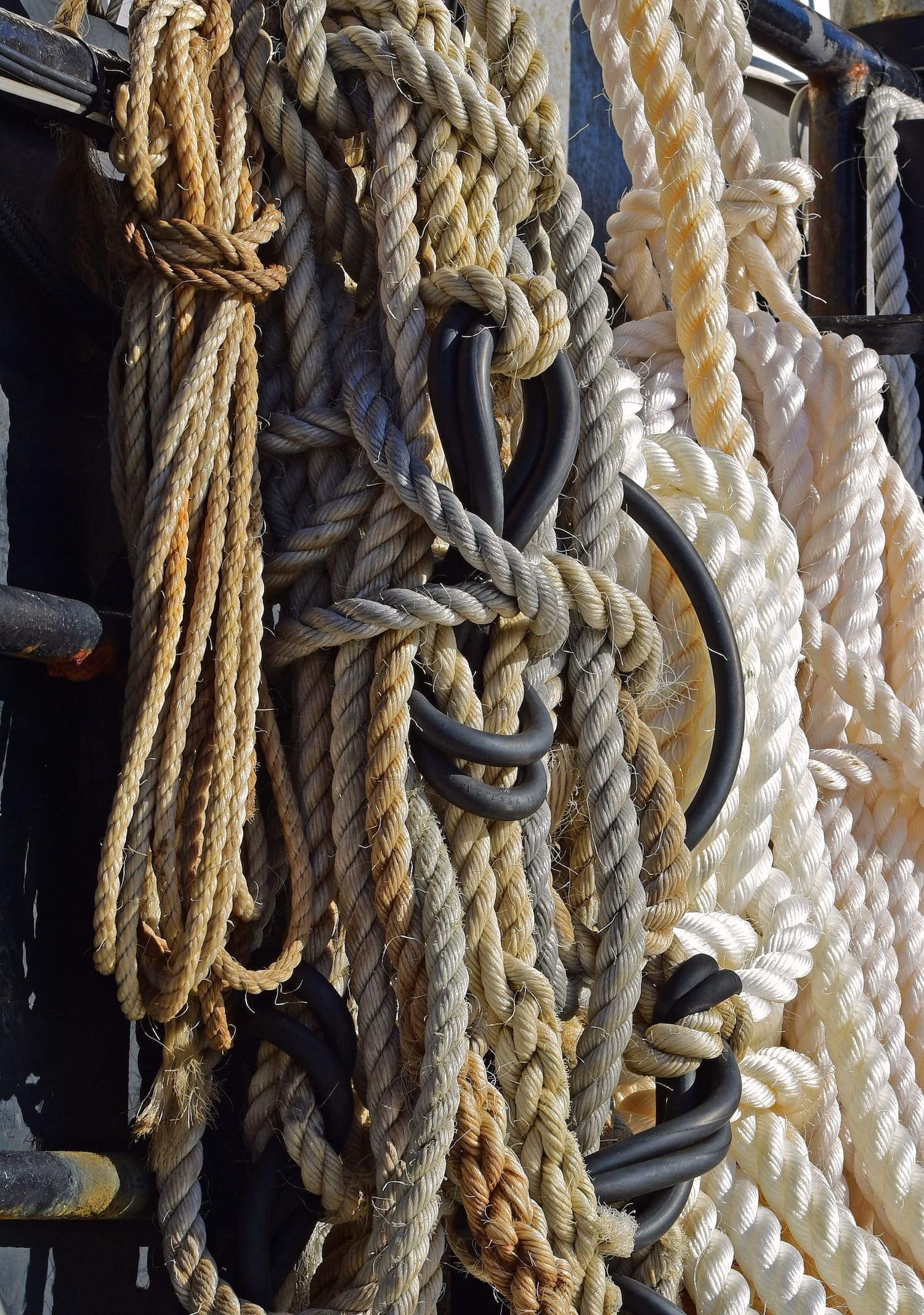 but current fishing practices are not sustainable. According to the World Wildlife Foundation, “more than 85 percent of the world’s fisheries have been pushed to or beyond their biological limits.” And a catch data study grimly predicts a total collapse of fisheries by 2048. Some practices are in place to reverse this trend, but they need to be more robust and wider spread. Even the most environmentally-conscience seafood consumers often don’t know if they’re eating responsibly or contributing to the devastation. Luckily, SmartCatch, Inc. (founded by Rob Terry) has created three main technologies to help combat the problem: DigiCatch (a remote-controlled HD video giving fishermen eyes inside their nets), DigiServices (subscription services that help address the data deficiencies in commercial fishing), and SmartNet (allows control of the net from the wheelhouse to selectively release unwanted catch). As CEO Mark Dahm says, “Data collection, actionable insights, proper conservation and compliance control of fisheries are the answer to helping us save and manage the approximately 2,000 sea species we eat.” —Charlotte DeFazio
but current fishing practices are not sustainable. According to the World Wildlife Foundation, “more than 85 percent of the world’s fisheries have been pushed to or beyond their biological limits.” And a catch data study grimly predicts a total collapse of fisheries by 2048. Some practices are in place to reverse this trend, but they need to be more robust and wider spread. Even the most environmentally-conscience seafood consumers often don’t know if they’re eating responsibly or contributing to the devastation. Luckily, SmartCatch, Inc. (founded by Rob Terry) has created three main technologies to help combat the problem: DigiCatch (a remote-controlled HD video giving fishermen eyes inside their nets), DigiServices (subscription services that help address the data deficiencies in commercial fishing), and SmartNet (allows control of the net from the wheelhouse to selectively release unwanted catch). As CEO Mark Dahm says, “Data collection, actionable insights, proper conservation and compliance control of fisheries are the answer to helping us save and manage the approximately 2,000 sea species we eat.” —Charlotte DeFazio
What inspired the establishment of SmartCatch?
SmartCatch was inspired by our primary founder Rob Terry in 2013 when he was helping family in the commercial fishing industry and filming a documentary about the challenges and opportunity in one of the oldest professions known to man. Rob was inspired to offer his technology insight to take the “mystery” out of the fishing trip and give fishermen the opportunity to stop fishing blindly.
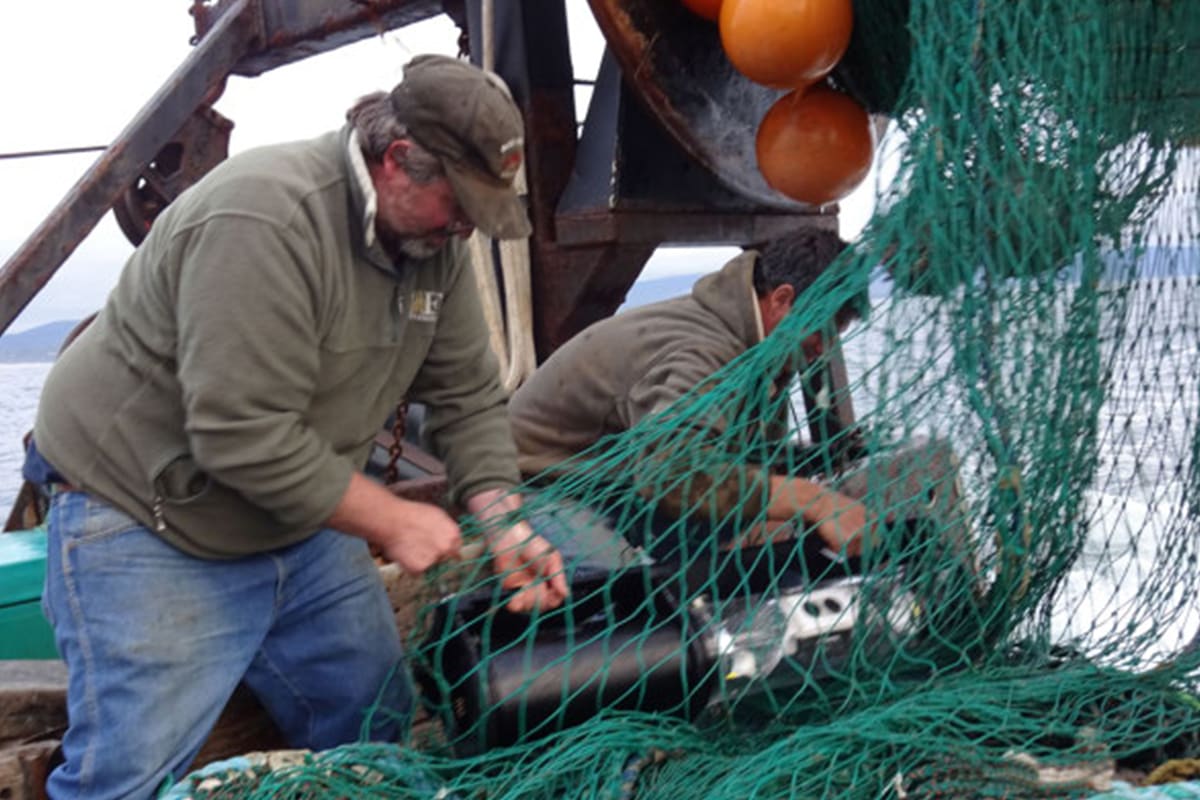
How is SmartCatch making a difference?
With 17% of the world’s protein coming from seafood, SmartCatch is redefining the science of sustainable seafood technology by offering digital data collection at the point of harvest through ruggedized, realtime Internet of Things (IoT) Devices that help fishermen improve their precision fishing practices—measured in catch per unit effort (CPUE)—and reduce/avoid bycatch (when a fish or other marine species is caught unintentionally while catching target species). In the near future, with a “digital pedigree” or meta-data about the seafood being harvested, a “Digital Premium” can be added to sustainably-caught seafood to increase the price per pound (value) and drastically assist in establishing provenance and traceability of seafood. This will help establish an equivalent in seafood as we have seen in field and farm “organics/non-GMO” label on terra firma.
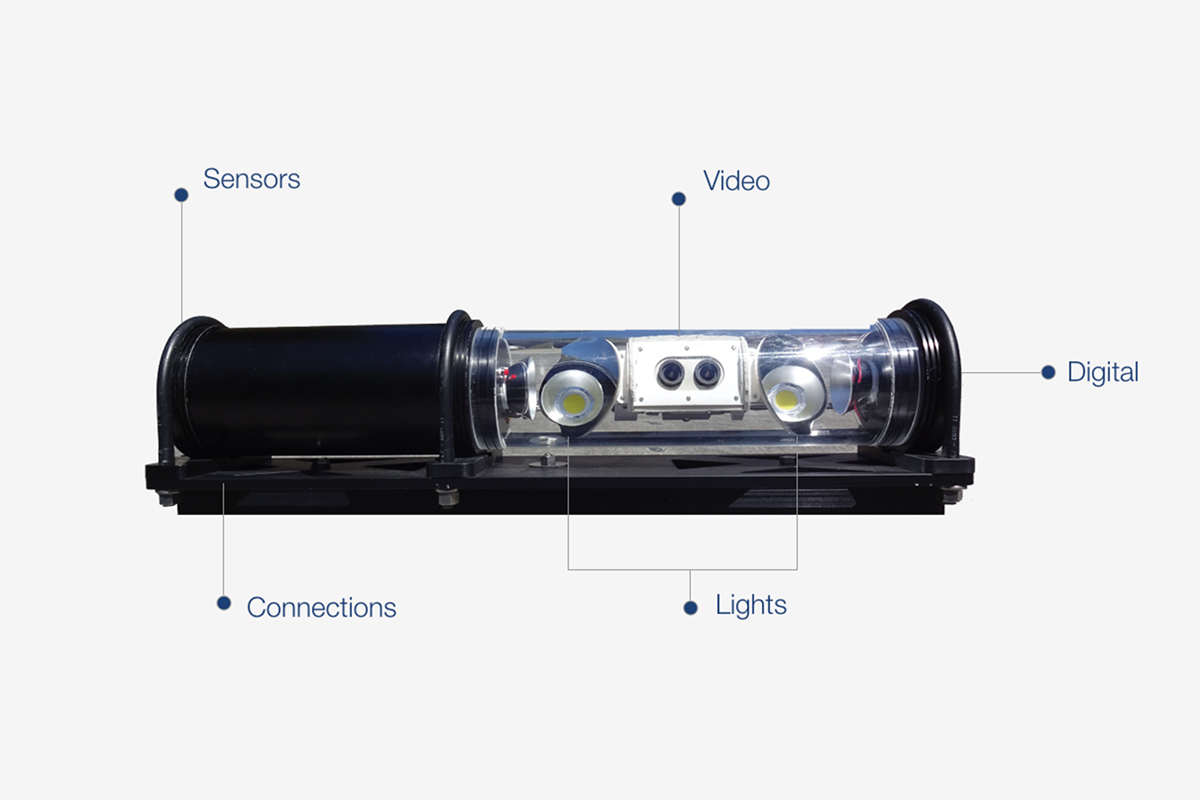
Is SmartCatch affiliated with the James Beard Foundation?
Although SmartCatch, Inc. has “1st naming rights” on the SmartCatch name, there is no business association with the James Beard Foundation. The potential exists to establish a technology link to a consumer brand and credential of the James Beard Foundation, but we are not funded to do that today. We welcome such collaboration in the future!
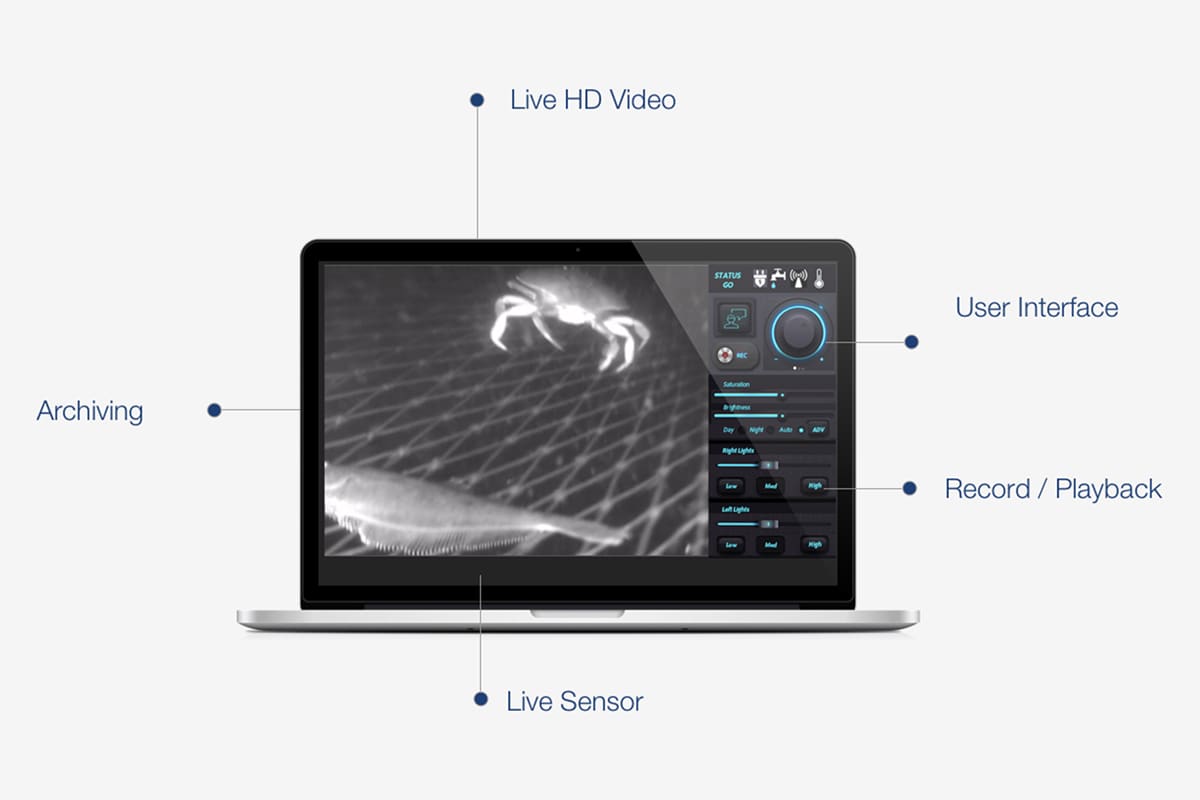
Are you optimistic about the revival of our oceans and the life within
Absolutely! Fisheries have proven to be very resilient as long as humans do not overfish and totally collapse a species. Precision fishing techniques could decrease annual operating costs by about $11 billion, and customers would benefit from lower prices for seafood (https://www.mckinsey.com/industries/agriculture/our-insights/precision-fisheries-navigating-a-sea-of-troubles-with-advanced-analytics). Data collection, actionable insights, proper conservation and compliance control of fisheries are the answer to helping us save and manage the approximately 2,000 sea species we eat. We have the ability to help preserve this healthy, natural food source for future generations!
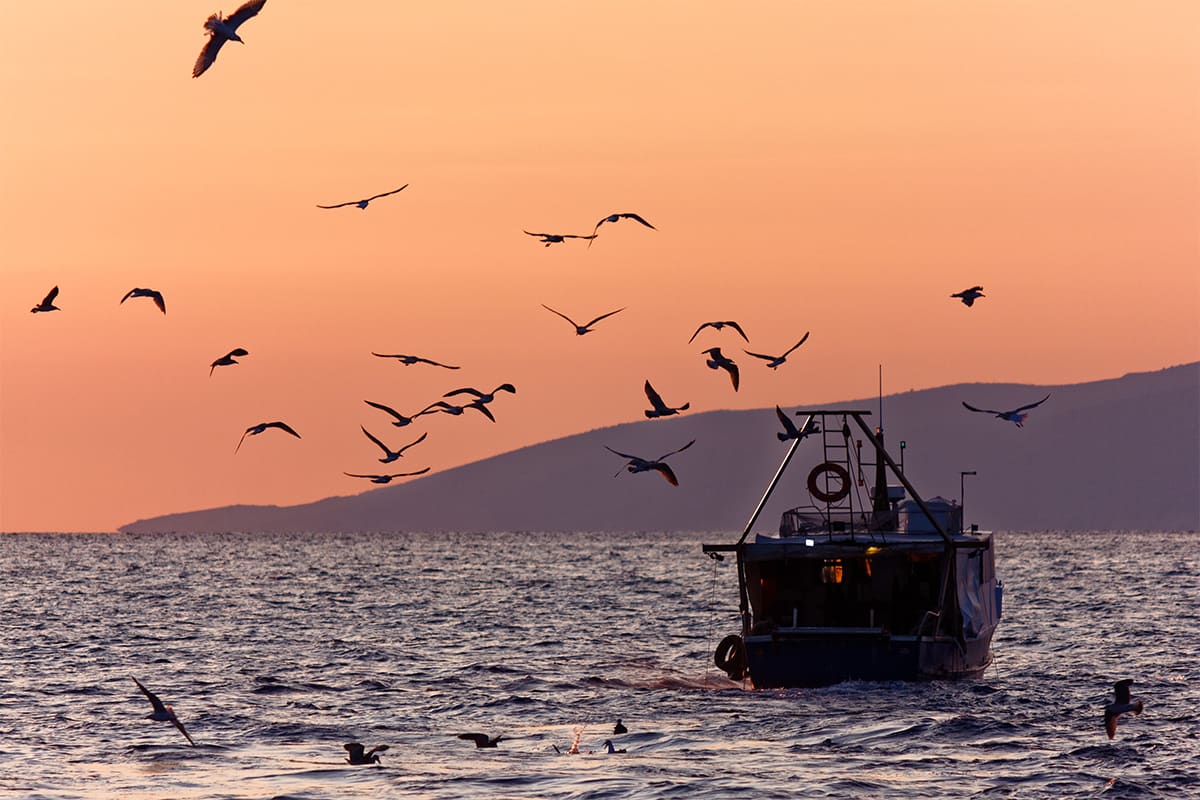
What should we be most aware of when ordering fish?
One should always ask questions about seafood: (1) Is it wild capture or farmed? (2) Where does it come from? (3) Can you tell me about the processing and handling of the seafood? (4) If farmed, can you tell me about the feed, the antibiotics and hormones? …(5) Do you know if this seafood is on the Global Seafood Watch List or comes from an MSC Certified Fishery? Can you tell me about the method of capture? Most restaurateurs won’t know the answer to these questions.
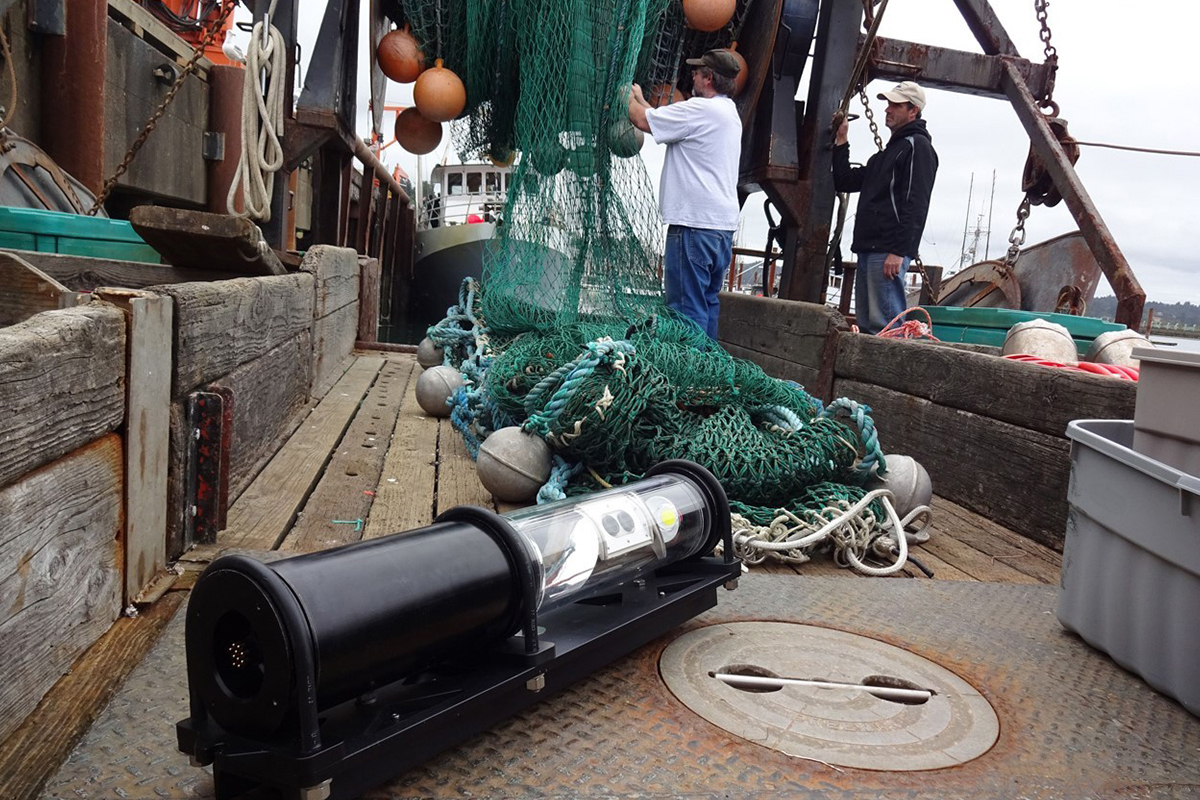
Is there anything consumers can do to improve the conditions of fisheries?
Knowing the pedigree of the seafood is important and supporting/eating locally-caught, fresh seafood is always the healthiest choice. When not available, insist on Global Seafood Watch “standards” (Red, Yellow, Green) or seafood from MSC Certified/Managed Fisheries.
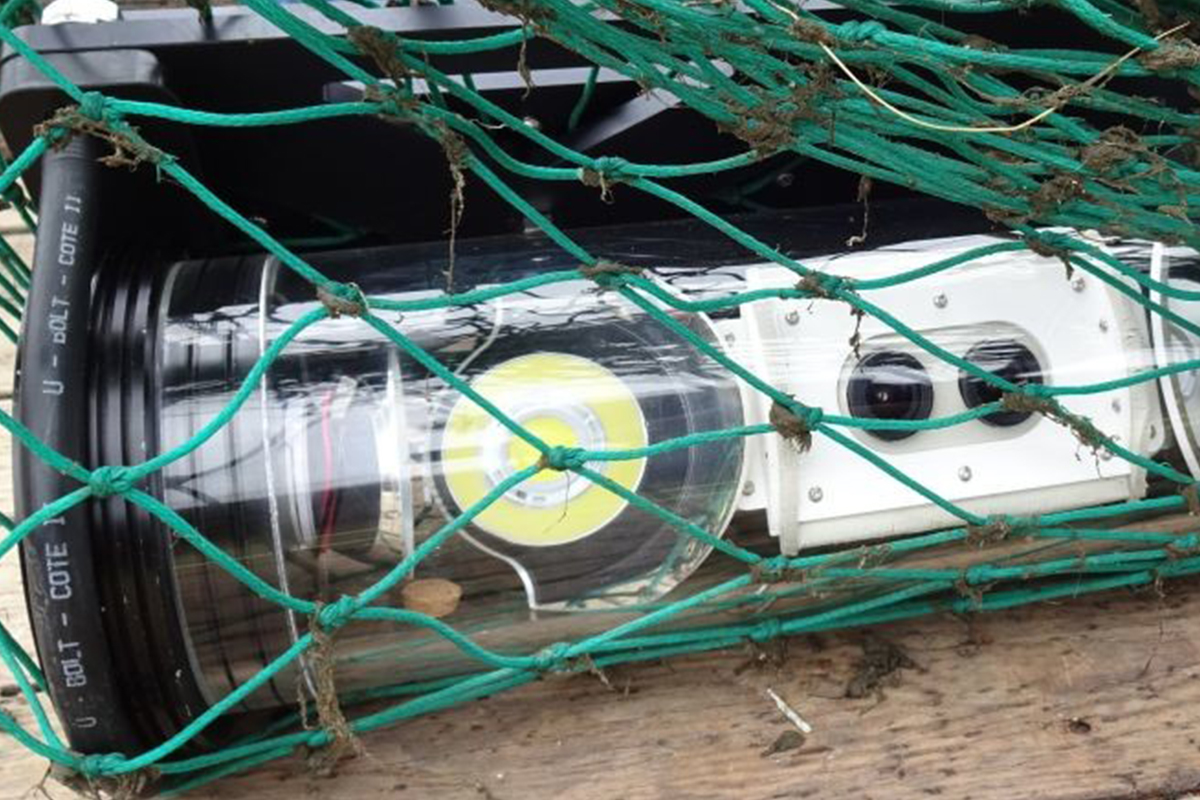
What excites you most about your work?
The potential to bring sophisticated yet cost-effective technology to help address the challenge of overfishing, bycatch avoidance and seafood traceability. Precision fishing techniques can also contribute to improved management of ocean resources, which could increase industry profits by as much as $53 billion by 2050 (https://www.mckinsey.com/industries/agriculture/our-insights/precision-fisheries-navigating-a-sea-of-troubles-with-advanced-analytics).
In this data deficient industry, the more actionable insights we know about the health of the fish stocks, the better we can assist Mother Nature in keeping balance and protection of our oceans.
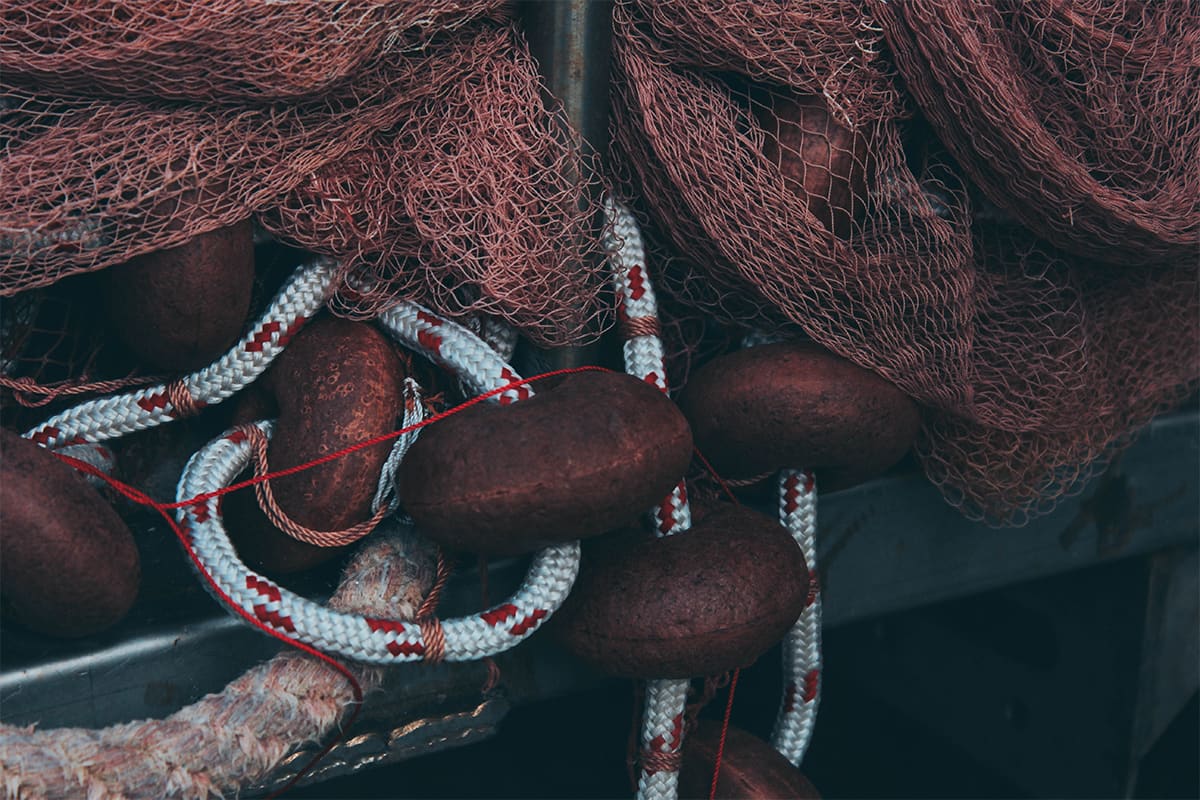
If you could change one thing about our current situation, what would it be?
Reduction of waste in the seafood sector. In the ~$500B seafood industry, about $80B a year is attributable to waste in the seafood sector. We would like to see a more robust “blue tech” investment to reduce the “waste gap” in seafood. Money needs to be invested in preserving our oceans from overfishing; reduction of waste from net-to-table; and tackling Illegal, Unreported and Unregulated (IUU) practices.


